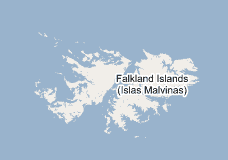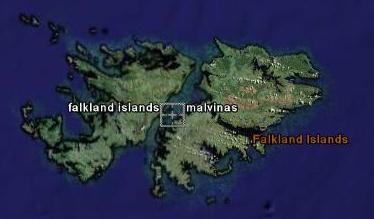I’m back from a week in the greatest city in the world, and it’s time to catch up re Google Earth:
Mark McLaren looks at an implementation of XSLT to transform GPX into KML, and then updates his own conversion script (using ECMAScript, which is JavaScript by another name (I had no clue)).
My usual monthly “Geobloggers just got even better” link.
RobiNZ Blog mongers the rumor that SketchUp could be bought by Google. That would certainly make people happy, which certainly increases the likelihood that this is wishful thinking. (But if it isn’t, Mac version, please?)
But this is nice: Sketchup now has, in “pre-Beta”, a Google Earth Importer/Exporter (“If you want to send 3d models from SketchUp to Google Earth, this is the place to start”) and a Shapefile Importer (“If you have access to a GIS system, chances are you have access to useful building footprint data in the *.shp file format. Install this if you want to give SketchUp the ability to read these files and convert them into 3D models.”)
Mapdex blog provides the Coldfusion code for building Google Maps tiles via ArcIMS. Why does this news show up on a Google Earth-centric blog? Because we already know how to show Maps-like tiles in Google Earth. This, then should make it easier to publish large-scale detailed content, as it’s just become a lot more scalable.
Raiding Declan’s bookmarks now: EarthPlot (“processes geographic based data to generate a variety of maps within Google Earth”, $30) and EarthPaint (“allows the user to create freehand drawings and publish them as Google Earth ground overlays”, $15). Look intriguing, but only for PC.
Phone2Gearth lets Symbian phones with GPS convert this GPS data directly to KML, ready for Google Earth.
Major Google Earth satellite imagery contributor DigitalGlobe is launching two new satellites. Both seem geared towards making data updates more frequent.
Via All Points Blog, another Google geo-job.
Spatially Adjusted likes Dave Bouwman’s article “The GIS long tail“. Commenter Marc does not.
Zmarties likes large KML files, but notes that Google Earth becomes unstable when you use them, and comes up with some suggestions for Google Earth’s developers.
Tao of Mac dabbles some more with parsers, building a GPX parser that can slot quite nicely into something that produces KML.
Google Earth Blog finds another paragliding forum. (Other ones here and here.)
 Well,
Well, 